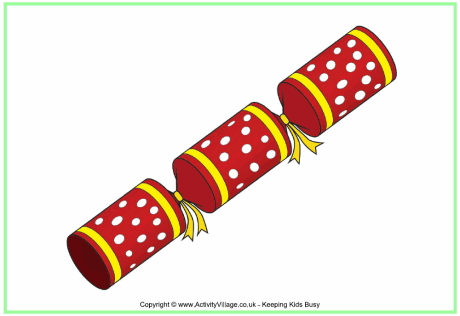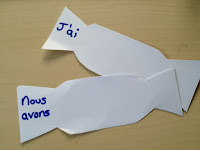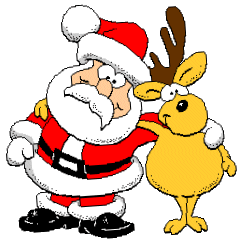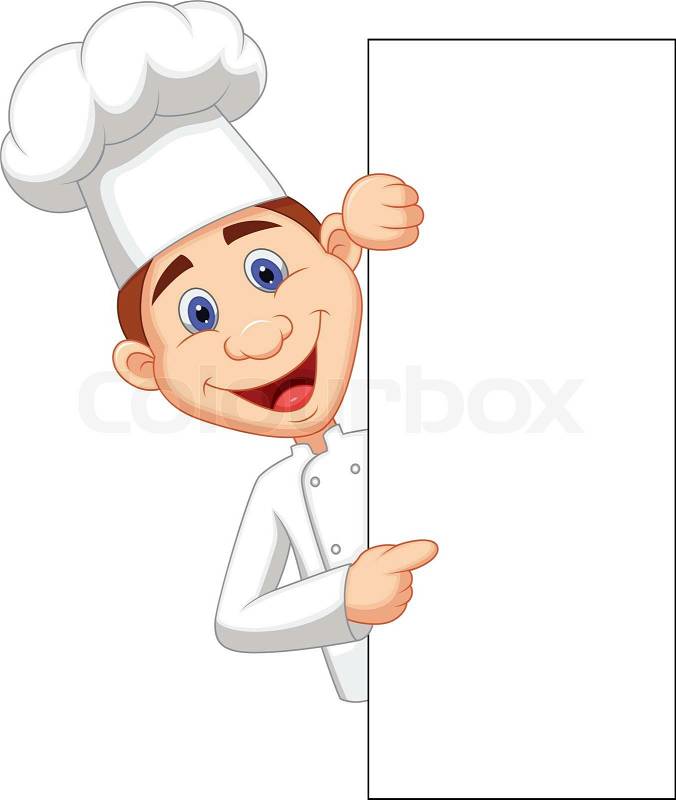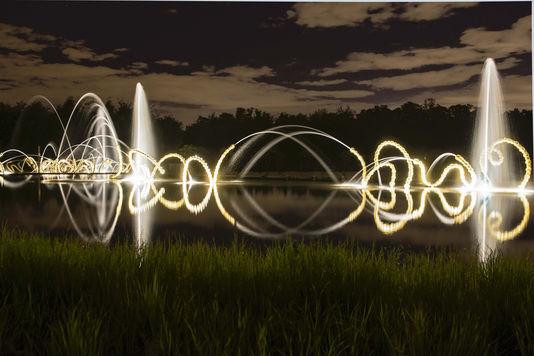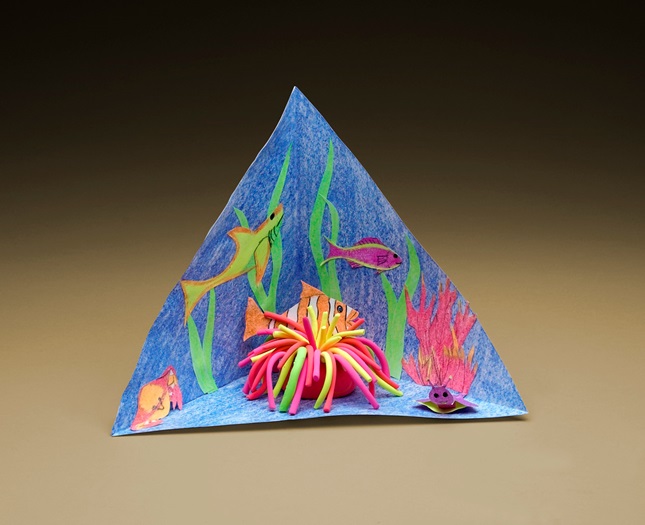Christmas Crackers have always entertained my friends from other countries! They love them! This year I thought we could make a simple UKS2 lesson on similarities and differences in Christmas traditions and add a focus on sentence structure and grammar too.
We are going to create a box set of christmas crackers - each containing a full sentence made up of a part of the verb "to have", a noun and an adjective.The noun and the adjective are the surprise content of the cracker and the children are going to be able to determine the content!
In this activity children will be practising
- nouns,
- adjectives and adjectival agreement
- and the verb "to have"
You may want to practise the verb "to have" before you attempt the activities below.Here is a festive approach to practising the verb "to have"Christmas Cracker and Christmas Carol style !
Christmas Carol Verb Singers
You will need Christmas crackers made as follows for this activity:
Plain card tempates - two per cracker.
First template is the base,
Second template is cut in to three sections - two ends and a middle.
Gather all the right hand templates together and also make a pile of the centre sections you put to one side.
On each of the right end templates you are going to write adjectives that agree with the nouns you will write on the centre sections .
The activity
The children are going to be able to select a noun and an adjective that agrees with the noun to complete the class "Christmas Crackers" .
Each noun should be a festive object and you should aim to have examples of masculine and feminine singular nouns and plural nouns too.
Can the children help you to create a Christmas box of crackers - so that the crackers on the board are in paradigm order?
Now ask the children to select nouns for each cracker (perhaps even the objects you find as presents in the cracker or characters and objects we associate with Christmas).
Can they now add the correct adjective- remind them that the spelling of the adjective must suit the noun they are describing!
Blu-tac the noun and the adjective to the cracker selected by the children
Can you make a box set of crackers each with the object and its description!
Time for your own crackers!
Ask the children to design and create their own "Christmas Crackers Selection Box" ,creating their own full sentences and adding a picture of the object on the reverse of the cracker.
You can support children by allowing them to use the language you have practised or you can stretch children by asking them o think of their own objects , find the noun and describe the noun with their own choice of adjectives.
